 Five Safety Solutions Pty. Ltd
Five Safety Solutions Pty. Ltd
 Five Safety Solutions Pty. Ltd
Five Safety Solutions Pty. Ltd
As a technician-based business that uses technology to handle data, we are always pushing the envelope to reduce process complexity and improve facility management effectiveness.
Our services are effectively controlled with a robust proprietary database, and test records are accessible online. This improves the precision and Caliber of the Five safety service delivery while lowering service expenses.
In Australia safety has evolved beyond simple labelling to become a crucial component of successful company operations. Electrical safety is a serious issue, and electrical complacency is harsh. Make sure your employees are protected against electrical risks and hazards.
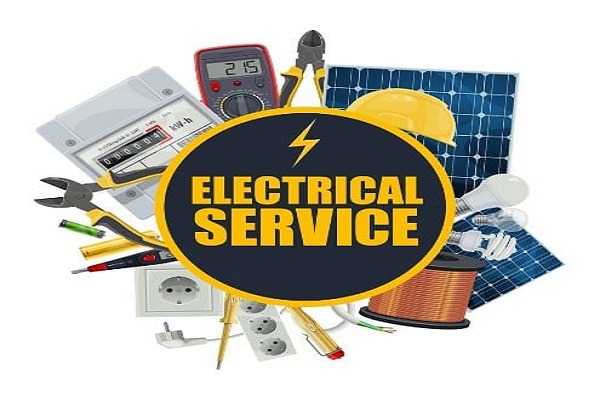
Electrical safety testing guarantees that devices and equipment are dependable and satisfy health and safety regulations, lowering the danger of shocks, fire, circuit overloading, and accidents. In order to find faulty products before they cause damage and expenses, routine electrical testing also serves as a preventative maintenance tool.
We do a mechanical inspection to safeguard your equipment.
• To verify compliance, apply electrical test loads that look at bonding, earthing, wiring, faulty work, and unseen electrical problems.
• Put a tag on the apparatus.
• Create records with our in-house TES data management program to document repairs made and results (pass or fail).
Because RCDs are more sensitive than a typical fuse or circuit breaker, they are employed to increase safety by offering an extra line of defence against electric shock.
RCDs keep an eye on a circuit's electrical current level. The RCD will immediately switch off the circuit if it notices an oddity at any point. Since RCDs prevent injuries and save countless lives, it is important to make sure they are always operating correctly. RCD testing is relevant in this situation. The same RCD tests apply to all RCD types, despite its differences.
• Push button test: this will guarantee that the RCD trips when necessary.
• Time test: this measures how long it takes to trip or "cut-off" the current by simulating a current leakage problem.

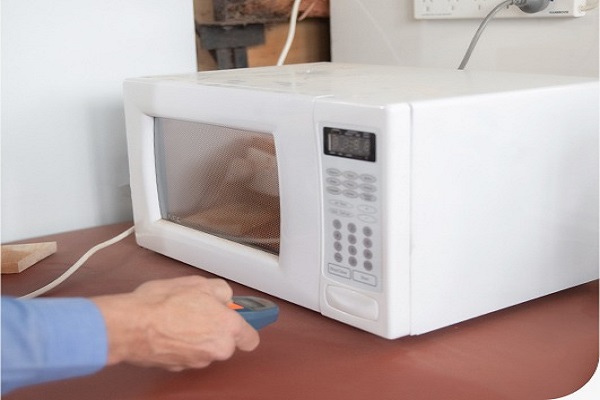
Microwave rays produced by a microwave oven interact with and stir the molecules of food and fluids as they pass through them. Heat is produced when the agitation causes the liquid molecules to move more quickly. The same is true of microwave radiation, which has been shown in studies to have an impact on the central nervous system and brain metabolism.
Normal use causes a microwave oven to deteriorate, and routine testing determines when the radiation levels are no longer acceptable. The radiation leakage test, which gauges the emission levels from the microwave device, and a visual inspection are the two steps in the microwave leakage testing process.
• documenting the results in order to monitor the microwave unit's performance over time.
Testing fire equipment, such as hose reels, fire blankets, and extinguishers, is a crucial safety service that we provide. Frequent testing guarantees that the fire apparatus is prepared for use when required. The Australian Standard AS 1851 is followed while testing fire apparatus.
Extinguishers undergo testing every six months, and their mounting height, mechanical limits, and physical accessibility are evaluated visually.
• Extinguishers undergo pressure testing and are changed as necessary.
• The outcomes are noted in TES as well as on an attached tag.


According to the Australian Standard, all of these lighting systems have to be ready and functional. Testing needs to be a regular practice, just like with other emergency equipment. As needed and appropriate, we examine and repair as part of our emergency and exit light test service:
• switches and batteries
• luminaries and tubes
• control equipment
• cleaning and maintenance
• ensure lighting can remain lit for a minimum of 90 minutes
• reporting of failures
• recording findings and results
The ability of thermal imaging to identify temperature variations aids in electrical safety testing since these variations can indicate an electrical malfunction in an appliance or device that is frequently imperceptible to the naked eye.
Thermal imaging is commonly used to test electrical and mechanical services, switchboards, and equipment. It is particularly helpful because switchboard failures can develop over time, giving the owner time to find the fault before any major problems arise. Thermal imaging is therefore seen as a type of preventative maintenance.
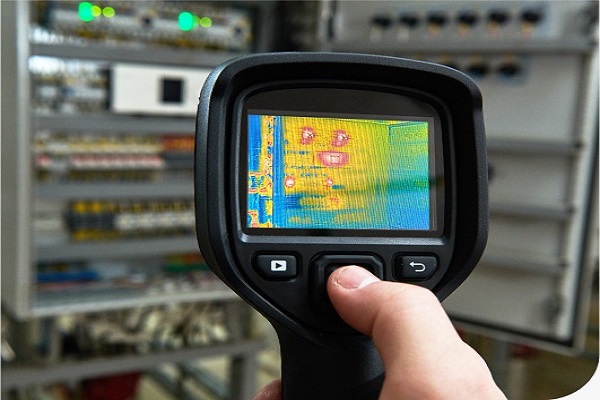
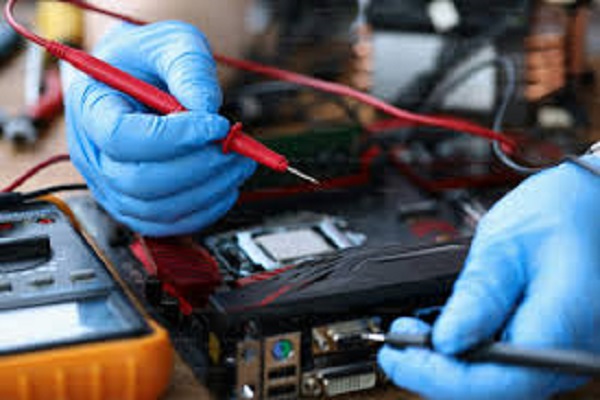
Before fixing the issue, we are able to provide a wide range of electrical safety tests to determine its cause. Our professionals are capable of fixing malfunctioning electrical devices. If fixing a defective item is feasible and economical, we advise our clients and complete our repair service in accordance with your specifications.
An employer's dedication to upholding a workplace that prioritizes health and safety is demonstrated through record keeping and compliance requirements. These are labour-intensive, non-revenue-generating jobs that are often carried out by technically skilled and qualified staff members.
Our knowledgeable internal staff will handle all reporting and record keeping. We will perform the testing, service, and repair work as part of our regular company operations, documenting the outcomes in our own database. Test results can be readily retrieved through our client portal and are available in paper and electronic formats.
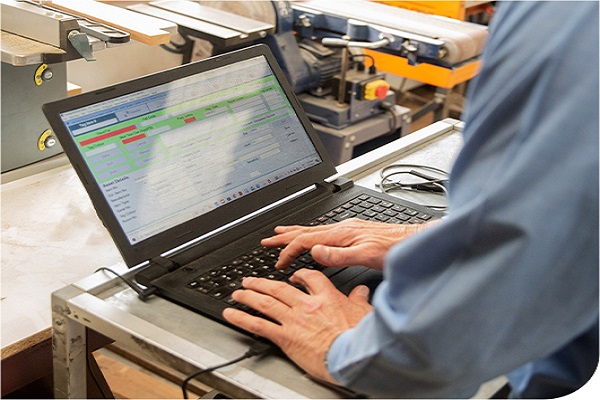
490 Northbourne Avenue, Dickson, ACT. 2602
Mon-Fri: 9 AM - 5 PM